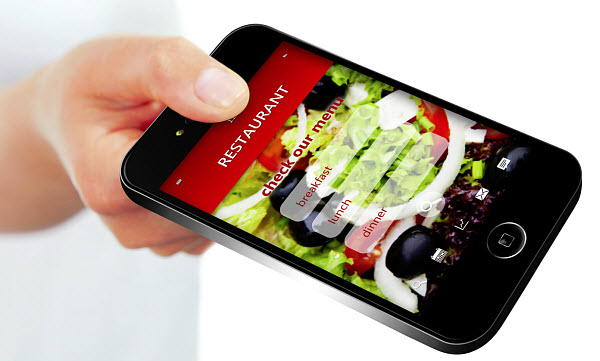The smartphone application for restaurant waitlisting is making it easier to complete the dining experience.
NoWait, a restaurant waitlisting service, has already established a popular smartphone app that allows diners to be able to “line up” digitally at nearby participating restaurants where they do not have reservations and the application is now rolling out their mobile payments service to boost the available convenience.
These services are meant to shrink the amount of time needed to get a meal without having to wait.
The mobile app has rapidly been increasing in its popularity over the last few years. It offers diners a range of different features, but it also provides a subscription-based suite of tools to restaurants. This allows the businesses themselves to be able to manage their waitlists, server rotation, seating, reservations, and many other important factors. By the time of the writing of this article, there were already nearly 4,000 restaurant companies that had signed on to use this platform. Among them, several are very large chains, such as Buffalo Wild Wings, Chili’s, On the Border, and First Watch, among others. Now, the app is also offering mobile payments.
The mobile payments are available in both the Android and iOS versions of the NoWait application.
 The mobile app currently seats more than 25 million diners every month. This is a staggering amount of growth over the same figure in 2014, which had been just over 5 million per month. At that time, it had only just finished its Series B financing round at which time it brought in another $10 million.
The mobile app currently seats more than 25 million diners every month. This is a staggering amount of growth over the same figure in 2014, which had been just over 5 million per month. At that time, it had only just finished its Series B financing round at which time it brought in another $10 million.
It has already seated over 250 million diners who have used the application in order to join the line to wait for a table. The application is appropriate for both smartphone and tablet users. It has been downloaded more than 3 million times and NoWait is predicting that by the end of this year, there will have been about 5 million individual diners who will have headed out to restaurants by way of this mobile application.
By adding mobile payments, the goal is to be able to complete the entire dining experience over the smart device.
That figure was generated throughout 2015 and this tech is now expected to boost productivity and workforce participation.
According to the results of a Deloitte Access Economics study, mobile technology last year brought $42.9 billion to the Australian economy and it predicts that it will continue to impact workforce participation while it boosts overall productivity throughout that country and throughout a broad range of demographics.
This already represented a savings of $8.9 billion in workplace participation increases and is predicted to rise.
The figure represented by the revenue from mobile technology for the economy made up 2.6 percent of the total GDP of Australia. It also determined that as a result of mobile tech, approximately 65,000 full time jobs – about one percent of the country’s total workforce – was indirectly supported.
According to Ric Simes, Deloitte Access Economics partner, “Mobile has had a transformative impact on both productivity and labour force participation which, along with population, are two of the ‘three Ps’ we need to get right in terms of driving Australia’s future economic growth.”
The mobile technology report was based on the results of a survey that involve the participation of 1,000 Australians.
This data was combined with that collected throughout 37 countries over the last three decades and determined that young people and part-time workers, people with disabilities, people with children, people living in remote areas and people who are on the edge of retirement are using mobile devices to be able to boost their weekly working hours by an average of 0.6 hours.
Among the respondents, 29 percent said that they worked from home at least part of the time. Among them, nearly 15 percent said that they would be required to work fewer hours each week if they didn’t have mobile tech that makes it possible for them to work remotely and while on the go or at home.
According to Australian Mobile Telecommunications Association (AMTA) chair, Matthew Lobb, mobile technology has undergone a considerable evolution since it was first brought to the market about thirty years ago. He pointed out that its continued development is supported by a growing number of advancements such as the Internet of Things, mobile wallets and self-driving vehicles.
 The mobile app currently seats more than 25 million diners every month. This is a staggering amount of growth over the same figure in 2014, which had been just over 5 million per month. At that time, it had only just finished its Series B financing round at which time it brought in another $10 million.
The mobile app currently seats more than 25 million diners every month. This is a staggering amount of growth over the same figure in 2014, which had been just over 5 million per month. At that time, it had only just finished its Series B financing round at which time it brought in another $10 million.

